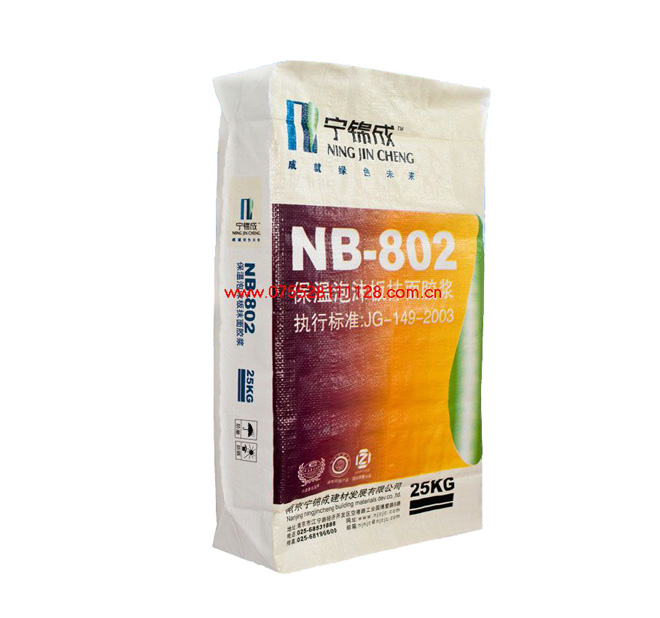BAIDU_CLB_fillSlot("858283");
In 2013, in the field of plastic flexible packaging in China, solvent-free compounding has achieved near-spurt development with its advantages of environmental protection, energy saving, high efficiency, low cost, solvent-free residue, safety and hygiene. Solvent-free composite equipment manufacturers have generally ushered in a bumper year, with more than 200 new solvent-free composite equipments in China, close to half of the total installed capacity of domestic solvent-free composite equipment. According to industry media reports, as of December 2013, the total number of domestic solvent-free composite equipment installed was about 467 units. Nodmeike's solvent-free composite equipment market share is the highest (about 200 units), followed by Guangzhou Tongze (about 150 units), Shenzhen Tianle, Chongqing Xinshida, Yuncheng Nanguang, etc. as a rising star, the development speed is also Faster. In addition, solvent-free composite equipment in Taiwan and other places has begun to gradually enter the mainland market. It is estimated that the installed capacity of solvent-free composite equipment will increase by more than 30% in 2014. In the next few years, the solvent-free composite process will become the mainstream composite process in the field of flexible packaging.
According to relevant data, in 2013, the domestic solvent-free composite adhesive production reached 9,665 tons. Both foreign and domestic solvent-free composite adhesives are relatively mature and widely used. Foreign adhesive brands include Germany Henkel, Bostik Fendeli, American Dow Chemical, Spain Cromo, American Huntsman and Ashland and Fule, etc. The domestic adhesive brand has Shanghai Kangda, Zhejiang New Oriental, Beijing Gaomeng, European and American Chemical, Beijing Huateng, Beijing Wanhua, Zhongshan Xinhui, Jiangsu Lihe, Wuhan Fangcheng, etc.
According to the survey data of Guangzhou Tongze and other companies, the product structure currently produced by the solvent-free composite process is mostly in two layers, such as OPP/CPP, OPP/VMCPP, PET/PE, PA/PE, etc., and a few companies use solvent-free. The composite process produces three-layer structures such as OPP/VMPET/PE.
The solvent-free composite process has developed rapidly, but at the same time there are some problems: First, compared with dry composite products, solvent-free composite products usually have some observable differences in appearance; second, solvent-free composite products are resistant to medium and resistance. The performance of high temperature cooking and aluminum foil composite is worse than that of dry composite products. Third, the compatibility of solvent-free composite adhesives with printing inks and its effect on the smoothness of composite films needs further study. (Editor: Jie Meng)
   The above content is selected from the “Printing Technology·Packaging and Decoration†of Keyin Media. For more content, please pay attention to the journal channel .
Valve Bags has the characteristics of improving packing efficiency, convenient transportation, strong strength and low breakage rate.
Valve bags classification
Valve bags can be divided into: pp valve bags ,Pe Valve Bags, Paper Plastic Compound Valve Bags, kraft paper valve bags and multi-layer kraft paper valve bags. Valve bags can be divided into: upper open valve pocket, lower open valve bags, upper and lower open valve bags.
Valve bags application.Valve bags is mainly used for packaging powder, chemical powder, chemical fertilizer, synthetic materials, explosives, grain, salt, minerals and other powder or granular materials and flexible materials. Especially suitable for high-end products, can improve the packaging level of products.

Valve Bags
Valve Bags,Valve Packing Bags,Valve Cement Bags,Coffee Valve Bag
Shenzhen Riversky Packing Materials CO.,LTD , https://www.jtfibc.com